Cast Iron Cooking: Beginners Guide to Using a Skillet

A cast-iron skillet is of the ultimate cooking tools to have in your kitchen arsenal. Just ask your mother, who may have even gifted you her family heirloom cast-iron skillet when you first moved out on your own.
The grill-like quality makes cooking with cast iron on your stovetop is great for searing steaks, crisping bacon, and cooking burgers that could compete with any grill. These oven-safe skillets are also perfect for making deep dish pizza, rich cornbread, or casseroles.
If your mom didn't include a handwritten instruction on how to use a cast iron skillet along with her gift you may be feeling a little lost and intimidated about how to care for the pan without ruining it.
Here are some tips on how to cook with cast iron so that you can pass it on to your own children one day (if you can bear to part with it).
Cast Iron cooking - beginner tips
1. Season thoroughly
A well seasoned cast-iron skillet is the key to getting the best cooking results and ensuring that the food you are cooking doesn't stick to the pan.
Some pans will come pre-seasoned, but if it doesn't it is fairly easy to build up a good seasoning on your pan using some heat and oil.
Once you've completed the initial seasoning, you're set up for cooking success. You will need to re-season your cast iron skillet, as it will wear away slowly over time and use. Re-season as you notice your pan losing its nonstick properties, or when it looks and feels less black, shiny, and smooth.
2. Preheat properly
One of the best things about cast iron is its heat retention, which lends well to grilling meats and slow, low cooking. Although it will hold heat for a very long time, the material does take a little longer to heat up than other pans.
In order to achieve an evenly heated surface, it's best to preheat a cast-iron skillet on low to medium heat for about 10 min, turning occasionally.
If you put cold cast iron on a very hot burner you may run into a phenomenon called thermal shock. The sudden heating or cooling of iron can cause your pan to warp and crack. For the same reason, it's best to leave it to cool naturally instead of rinsing your piping hot skillet with cold tap water.
3. Cook on the stovetop, oven, or grill
Cast iron pots and cooking pans can be used on both your stovetop and in your oven or grill. With so many options, deciding what to cook will be the most difficult part.
Be careful with the handle! They are usually not covered so they get very hot.
Be sure to use a thick towel or oven mitt when handling your cast iron while cooking, or purchase a small silicone cover that you can slip over the handle of the pan.
One of the nice things about working with iron is that it won't get scratched or ruined by stainless steel utensils - in fact, they work best.
You can also use wooden, bamboo, or silicone tools but generally the harder the tool, the better it works on this cookware to avoid sticking food.
4. Avoid acidic foods and super high heat
Acidic foods will wear away your seasoning and leach some of the iron into your food. This isn't dangerous for your health, but it can leave an undesired metallic taste in food.
If you are cooking with tomato-based sauces, wine braised meats, vinegar bases, or lemon bases you might be better off choosing one of your other pans or pots for the job.
Your cast iron can withstand heat - a lot of heat. A cast-iron skillet can withstand heats of up to 1500°F, which is much hotter than your oven could ever be. The seasoning will only burn off at about 800°F, so don't worry that you will damage your pan by cooking with high heat.
Cast iron can, however, easily get too hot for the dish that you're trying to cook. Start the pan at a lower heat setting than you'd usually use and increase slowly as you learn the nature of your pan. Keep an eye out for signs of extreme heat, like smoking.
If you have accidentally overheated the pan, turn the heat down and let it cool to the desired temperature before adding your ingredients and continuing.
5. Hand clean carefully and avoid the dishwasher
The #1 enemy of your cast-iron skillet is moisture - always wash it by hand. The dishwasher will strip your well-earned seasoning and does not get your cast iron as dry as it needs to be to prevent rusting.
Never store your leftovers in the pan. Once the pan is cool, remove all leftover food and hand wash your pan. Don't pre-soak your pan, but you can submerge it in the water while you wash.
Use a dishcloth or a cast iron scrubber, made of chain mail. Do not use steel wool or harsh scrubber pads on your pan as they will remove your well-earned seasoning.
Avoid harsh chemicals and cleaners. Cast iron is not made to withstand harsh chemicals and cleaners that can strip your seasoning and ruin the cast iron. Baking soda and vinegar seem natural enough but they will also agitate and remove seasoning on your pan.
Contrary to popular belief, you can use dish soap on cast iron. Dish soaps, preferably eco-friendly brands, are gentle enough to be used on your pan.
6. Remove all moisture and store it properly
Remember what we said about moisture? Once you have cleaned your cast iron, you MUST thoroughly dry your pan. Take a clean, dry dishtowel to the entire pan including the inside, outside, and handle.
Once your cast iron is fully dry, rub a small amount of vegetable oil into your pan and heat on low for 20 minutes. After the pan is cooled, you can use a paper towel to remove any excess oil and store the pan in a clean, dry cupboard.
7. Watch out for flaking and rust
Flaking is a sign that your skillet is losing its seasoning. If you notice some cast iron skillet flaking, use the coarse salt method to clean it, and re-season the pan.
If you notice some rusting on your pan it hasn't been getting dried properly and will require some restoration. This is the time you can use steel wool or a harsh scrubber to remove the rust and follow with the full seasoning treatment.
If you follow these simple tricks, it won't be long before you start to understand why people are so protective and defensive of these beloved, versatile pieces of cookware!
Cast iron cooking - FAQ
What is best to cook in cast iron?
There are plenty of delicious cast iron recipes online, and many foods really shine when using cast iron cookware. These are some of the foods that are best for skillet cooking:
- Fatty meats. High-fat dishes are not only delicious (hello, bacon!) but they cook evenly in cast iron and keep the seasoning of the pan strong.
- Grilled sandwiches. The even, high heat you can achieve with a skillet makes a delicious, crispy grilled cheese.
- Fried chicken/other foods. A cast iron skillet can withstand the high heat and is generally deep enough to fit a few inches of oil and whatever delicious food you're cooking in it!
- One-pot dishes. With its easy transfer from stovetop to the oven it's easy to cook casseroles, mac and cheese, and roasted vegetables or meat in a variety of ways.
What can you not cook in cast iron?
Even though cast iron is a versatile piece of cookware, there are certain foods to carefully consider before cooking in cast iron.
- Spaghetti sauce. Tomato-based sauces like spaghetti sauce or marinara sauce definitely fall into the list of what not to cook in cast iron. The acid in them will cause a trace amount of iron to release from the metal and seep into the food you're cooking, in turn, leaving your meal tasting slightly metallic.
- Vinegar/Wine. A splash of lemon juice, wine, or vinegar for flavor is fine to use without causing too much harm, but don't let them simmer in these liquids or you'll have to reseason your cast iron sooner rather than later.
- Pepper and garlic. Seasoning your cast iron pan will create flavorful meals but you'll want to be careful cooking with strong ingredients. Take into consideration that cooking with garlic, peppers, and some stout cheeses could leave loud flavors that are sure to show up in your meals to come over the next few days.
- Desserts. Cast iron is versatile and can be a great tool to use when baking desserts. If you plan on using cast iron for your dessert baking, we suggest having a separate pan to keep your flavors spot on. Because cast iron is so porous when it is heated, it tends to take on stronger flavors from the food you have previously cooked in it. This isn't a bad thing when you're cooking savory dishes, but you probably don't want your apple pie to taste like last night's seafood dinner.
- Eggs. You won't want to use brand new cast iron to cook fried or scrambled eggs or omelets. Eggs have a tendency to be very sticky and until you have seasoned your pan thoroughly, you could end up with a burned breakfast scramble or omelet.
- Pancakes. Pancakes are another food that shouldn't be cooked in brand new cast iron. If your skillet hasn't had ample time to build up its nonstick barrier, pancakes are a lost cause.
- Delicate fish. Delicate fish like trout and tilapia would probably be best cooked in something other than cast iron. Cast iron works best for sturdy foods that won't fall apart easily while trying to flip or turn them, and the heat that would brown your steak to perfection would consume your flaky flounder.
Can you ruin a cast iron pan?
Cast iron is a very hardy piece of cookware. It is possible to ruin it, but it would take a lot of neglect over a long period of time for that to happen.
As long as you are washing it properly (ie. not in a dishwasher or letting it soak) it should never accumulate more than a surface level rust that can be easily filled off.
It is also important to be sure that you are not trying to cool it down quickly after it is hot. Pouring cold water over it when it is at a high temperature can cause the iron to warp or crack over time.
How do I know if I ruined my cast iron pan?
If you're new to cast iron cooking and used to non-stick or stainless steel pans, you may not know how your cast iron should look and feel. A well-seasoned cast iron pan should be dark black, shiny, and smooth to the touch. Unseasoned cast iron has a rough look and feel until it is properly seasoned. Here are some sure signs of damage and misuse:
It's covered in rust. This is the most common issue with cast iron and unsurprisingly, the culprit is always moisture. Excessive water + cast iron = bad news. The good news is it is fixable and you should not get rid of your pan, but it does require some work to restore the cast iron to its original state.
It's cracked. You can crack cast iron by repeatedly heating it up and rinsing with cold water before it has cooled down properly. There have also been rare cases of cold cast iron cracking on electric burners that don't distribute heat evenly. This phenomenon is called thermal shock, and it happens to rock, glass, and other hard materials.
It has a hole. It's incredibly hard to make a hole in cast iron. This would be caused by major misuse, allowing rust to form and deepen. If the rust has created a hole that goes through the pan you should consider investing in a new piece.
It's warped. This is another issue that arises from cooking in a pan with extreme temperatures on electric stoves, which tend to heat the pan less evenly than a gas range. The uneven heat causes unevenness in the pan itself, which can make it difficult to use for cooking. This doesn't mean the death of a dish, but it can be very hard to reverse so it may be time to retire the pan.
It's dusty. If your cast iron has been collecting dust in a cupboard unused or looks like it is covered in black residue, it's absolutely not ruined. Take some coarse salt, mix in a bit of water and use a towel to rub the mixture around. Rinse afterward, and be sure to dry the pan fully with a clean, dry cloth in order to prevent rusting.
The seasoning got stripped. Although it is frustrating to lose the seasoning, the cookware is still fully usable. It will take some time and effort but you can absolutely re-season your pan. Learn how to season cast iron properly to avoid any mistakes in the future.
Is it healthy to cook in cast iron?
We frequently hear people asking the question "Is it good to cook in cast iron?" Cast iron cooking is more than safe. The only "chemical" that leaks off of this type of cookware is iron and doctors occasionally recommend cooking food in cast iron if someone is having problems with their iron levels being too low.
To sum up
Cast iron is a fantastic tool for cooking. It heats and cooks food evenly, and is perfect for stewing, braising, and searing food. It's versatile and easy to maintain.
Remember that to get the most out of your cast iron cookware, you should always heat it up before use. You should avoid cooking with acidic foods, vinegar, strong seasoning, eggs, pancakes, desserts, and delicate fish in your cast iron cookware.
Hopefully, this guide will have helped you understand how to care for cast iron properly, but if you are still feeling a little less than confident, don't panic.
Cast iron is a fairly sturdy tool, so don't be afraid to use it! Most of all, be patient with your skillet. It takes time to get it perfectly seasoned and to learn how to properly use it, but once you do you'll be wishing you'd had one sooner.
2 Responses
William Scaldwell
Thanks. This a really helpful article and explains the pros (many) and cons (a few) of cast iron cookware.
I intend to use my new pan for a tarte tatin…
Leave a comment
Comments will be approved before showing up.
Also in Tips
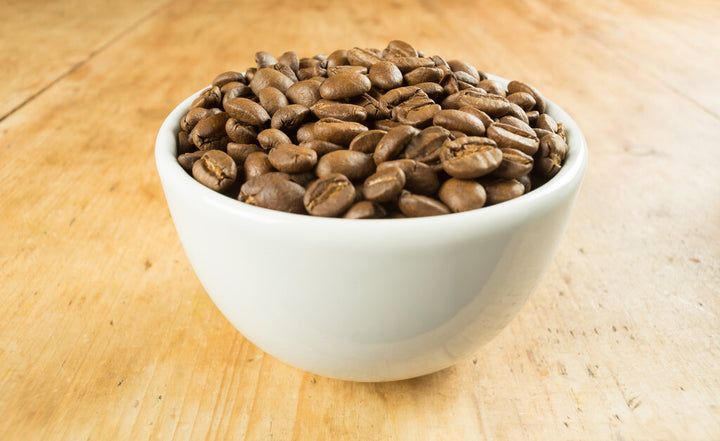

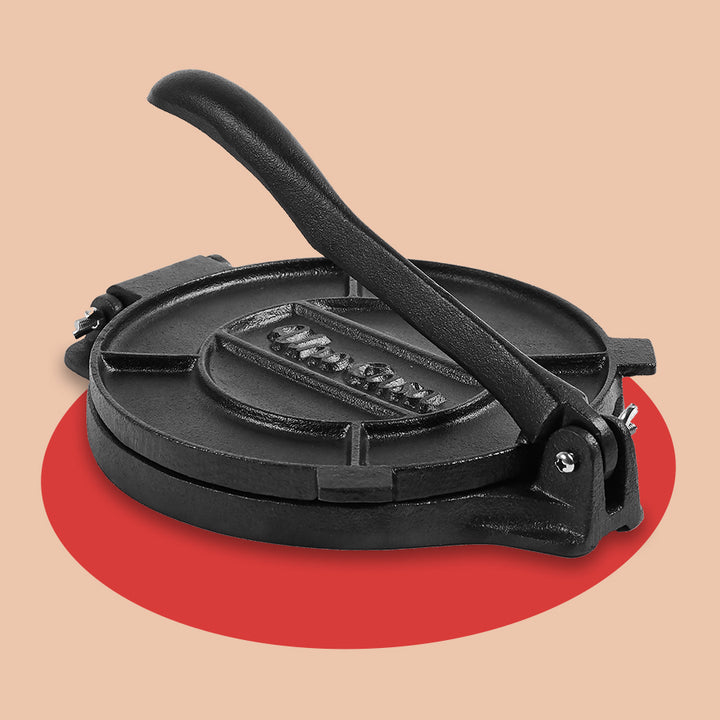
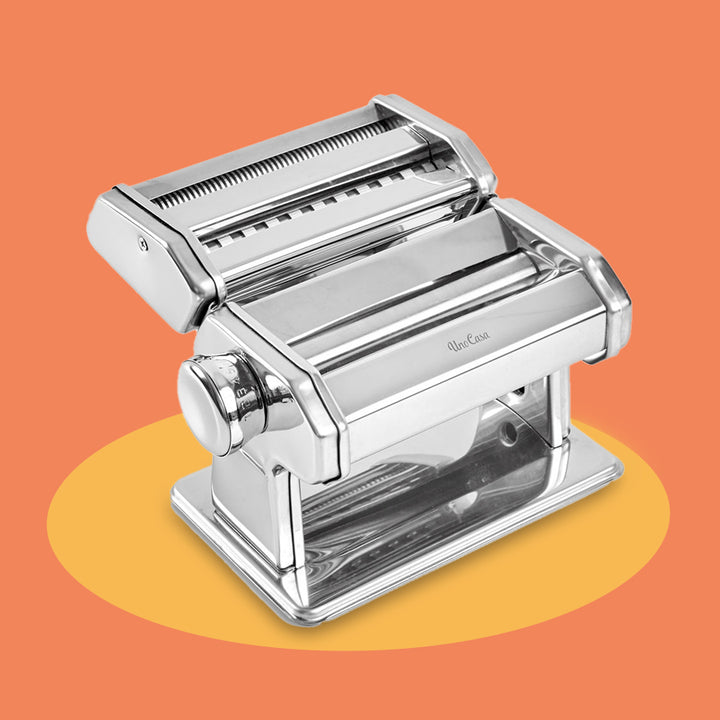
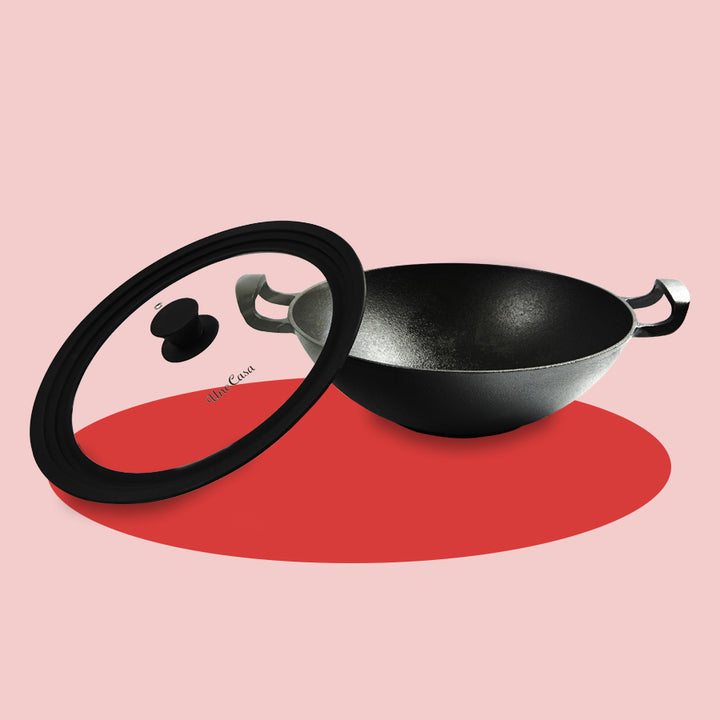
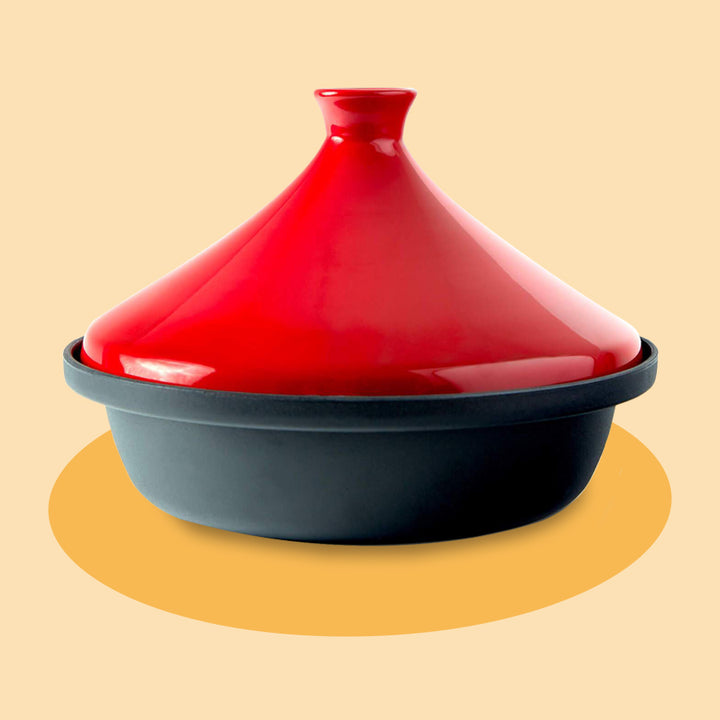
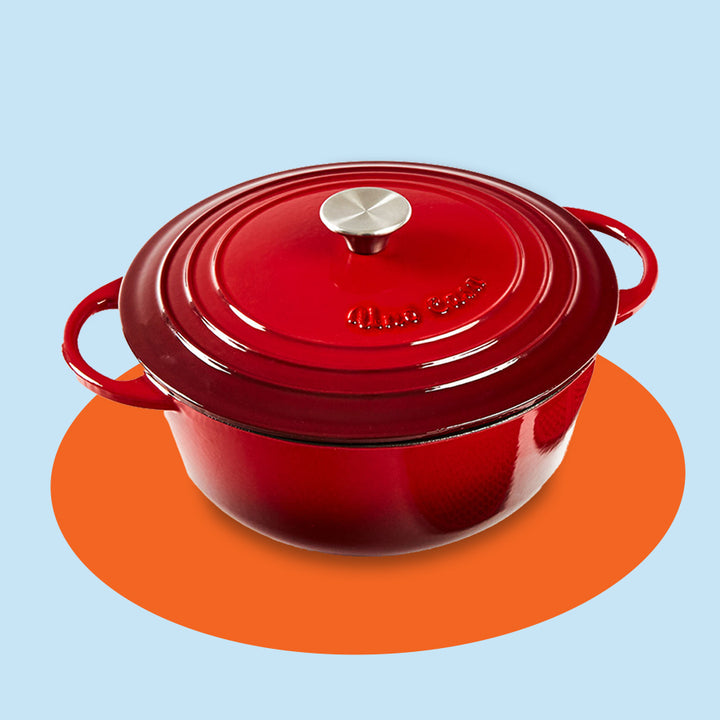
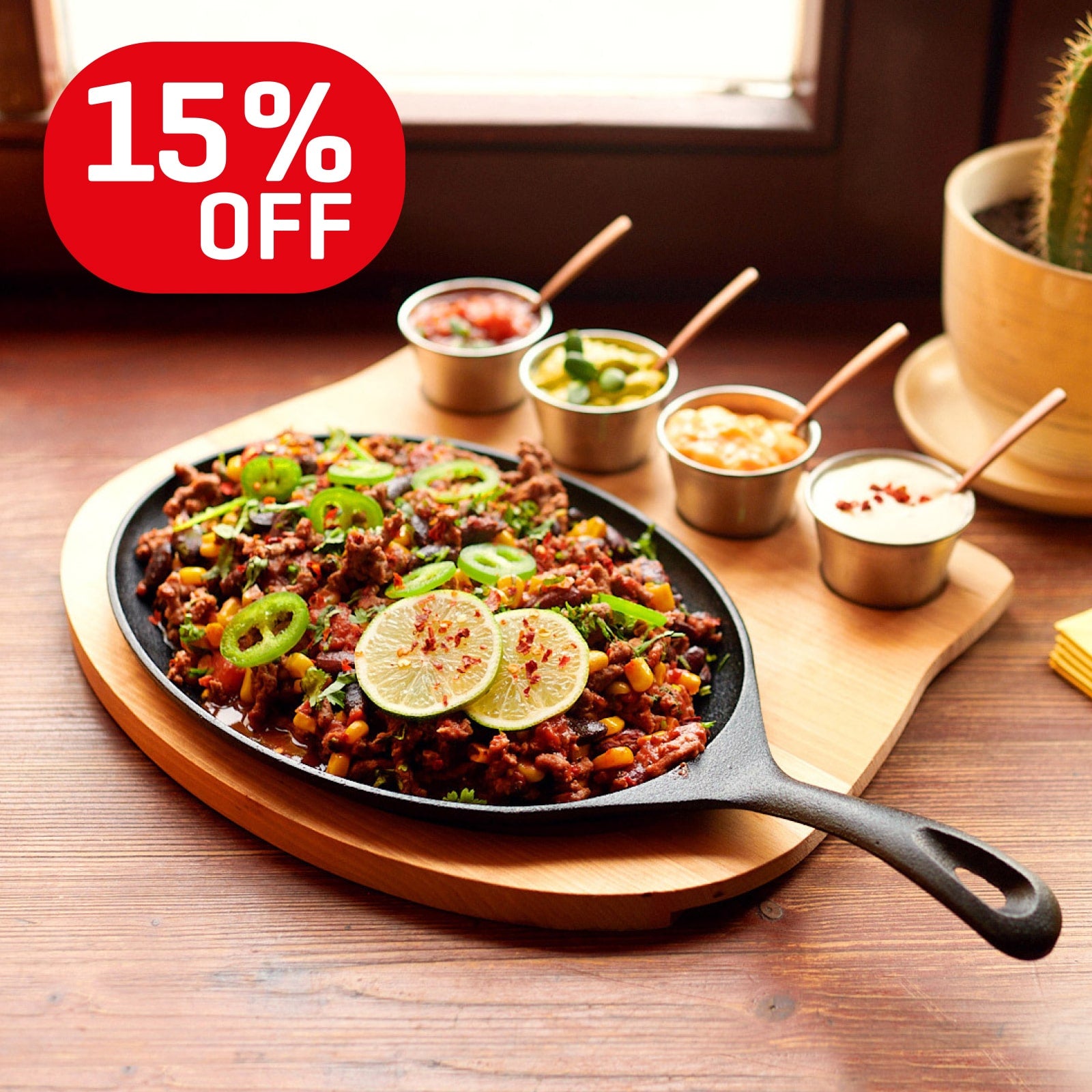
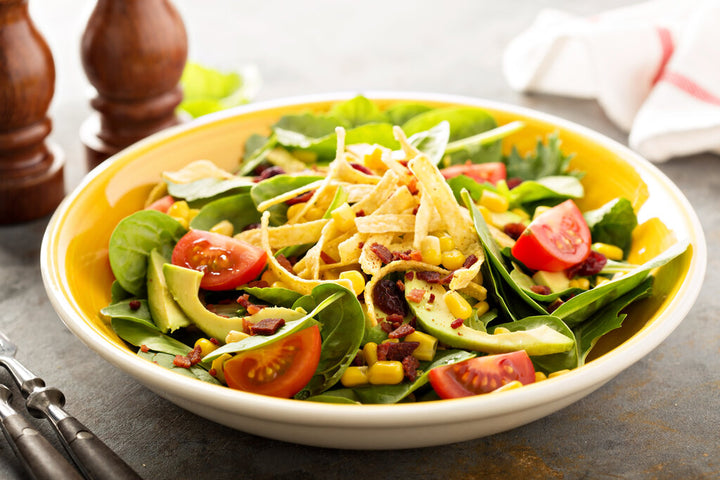
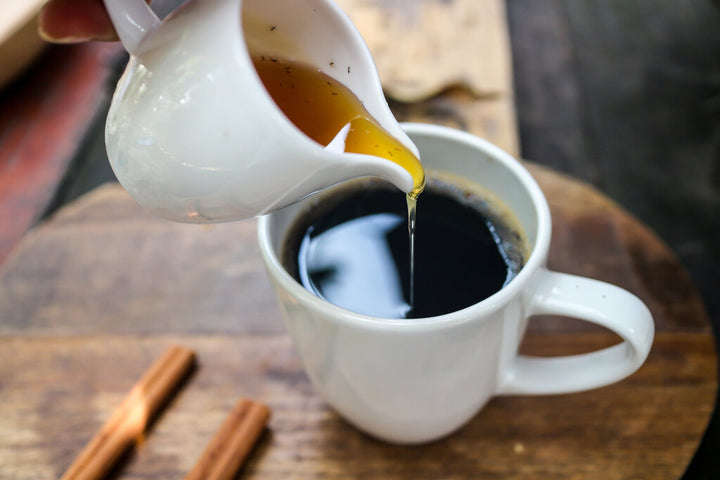
William Scaldwell
August 30, 2021
Thanks. This a really helpful article and explains the pros (many) and cons (a few) of cast iron cookware.
I intend to use my new pan for a tarte tatin…